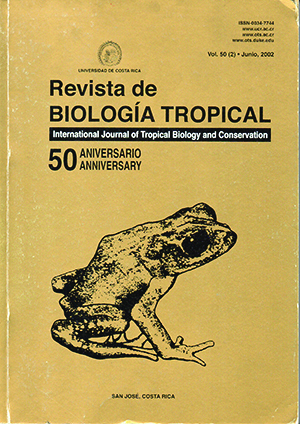Abstract
It is suggested that descriptive taxonomy of thrips must be integrated into biological studies if we are to understand patterns of evolutionary and ecological diversity. Collecting and describing new taxa is easy, but understanding their position in ecosystems and how they have contributed to the origin and maintenance of biological diversity is more important yet more difficult. Many authors fail to appreciate that individual thrips species are commonly highly polymorphic, both within and between sexes, with the result that 20% of species names and 30% of generic names are currently placed into synonymy. The biological significance of such polymorphism has been little studied, but the presence of large and small males in a species is presumed to indicate some form of male/male competition for resources; this is particularly common in fungus feeding species. Amongst phytophagous species, the recognition of the host plants on which thrips actually breed is a prerequisite to understanding patterns of diversity, some thrips lineages being associated with particular groups of plants whereas others exploit a diverse range of plants. Attempts to understand the diversity of thrips, including the application of cladistic methods, are severely limited by the lack of studies on the biology of individual species, although thrips exhibit a wide range of interesting biological phenomena, including various levels of sociality, gall-induction, specific pollination associations, virus transmission, and ectoparasitism.##plugins.facebook.comentarios##

This work is licensed under a Creative Commons Attribution 4.0 International License.
Copyright (c) 2002 Revista de Biología Tropical
Downloads
Download data is not yet available.


